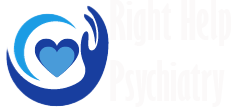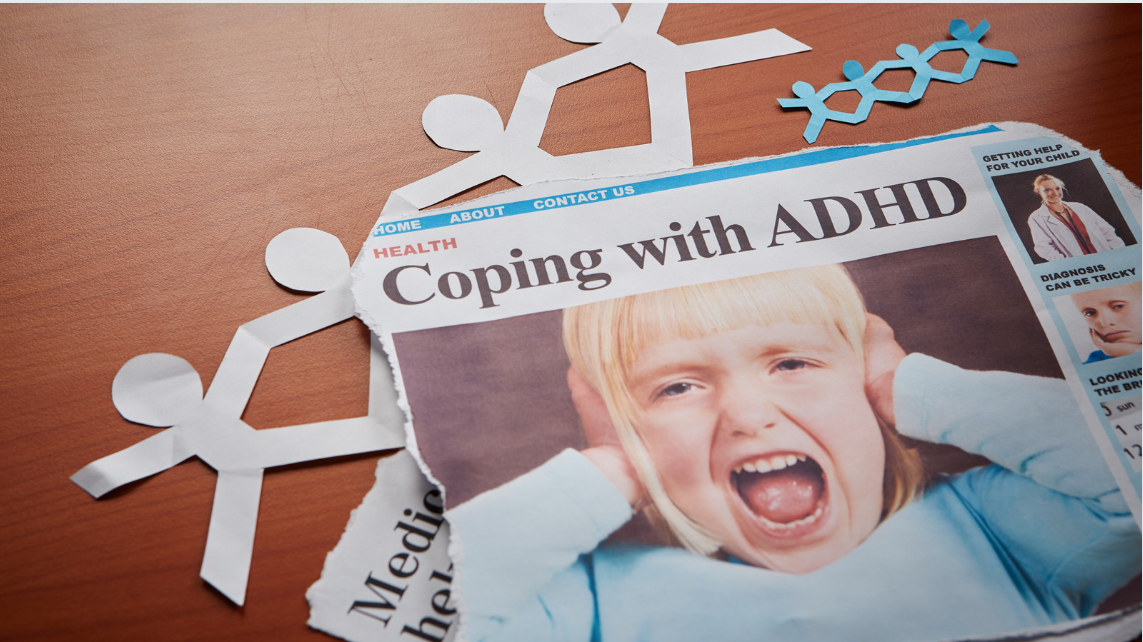Attention deficit hyperactivity disorder (ADHD) affects children and teens and can continue into adulthood. ADHD is the most commonly diagnosed mental disorder of children. Children with ADHD may be hyperactive and unable control their impulses. Or they may have trouble paying attention. These behaviors interfere with school and home life.
life.
It’s more common in boys than in girls. It’s usually discovered during the early school years, when a child begins to have problems paying attention.
Adults with ADHD may have trouble managing time, being organized, setting goals, and holding down a job. They may also have problems with relationships, self-esteem, and addiction.
ADHD FAQ
Attention-deficit hyperactivity disorder (ADHD) is a neurobehavioral condition that interferes with a person’s ability to pay attention and exercise age-appropriate inhibition. A person with ADHD is so inattentive or impulsively hyperactive-or both-that daily functioning at home, school and work is compromised. ADHD usually becomes apparent in children during preschool and early school years.
ADHD affects 3 percent to 5 percent of all American children (approximately two million). While typically diagnosed in children, adults can also have ADHD. Adults with ADHD may be unaware they have the disorder, yet know they have difficulty getting organized and staying focused. Everyday tasks such as waking up, getting dressed, organizing for the day's work, getting to work on time or being productive on the job can be major challenges for the ADHD adult.
ADHD’s principal characteristics are inattention, hyperactivity and impulsivity.
Children may exhibit one or all of these three behavioral subtypes of ADHD: predominantly hyperactive-impulsive type (without significant inattention); predominantly inattentive type (without significant hyperactive-impulsive behavior) sometimes called ADD—an outdated term formerly used for the entire disorder; and combined type (that displays both inattentive and hyperactive-impulsive symptoms). ADHD symptoms appear over many months, often with impulsiveness and hyperactivity preceding those of inattention. Different symptoms may appear in different settings, depending on the demands the situation poses for the child's self-control.
Additional symptoms of ADHD may include:
-Difficulty organizing tasks and activities
-Avoids activities requiring sustained mental effort
-Loses needed items
-Forgetful of daily activities
- Restlessness, often fidgeting with hands or feet, or squirming while seated
- Running, climbing or leaving a seat in situations where sitting or quiet behavior is expected
- Blurting out answers before hearing the whole question
- Difficulty waiting in line or taking turns
- Ignores details; makes careless mistakes
- Has trouble sustaining attention in work or play
- Does not seem to listen when directly addressed
- Does not follow through on instructions; fails to finish
What are the symptoms of combined symptoms ( Most children and adolescents with ADHD have this type)
- Demonstrates symptoms of both inattention and hyperactivity-impulsivity (six or more symptoms of both)
- Has symptoms that have persisted for at least six months
Because symptoms may vary across settings, ADHD can be difficult to diagnose. A diagnosis of ADHD is based on the number, persistence and history of symptomatic behaviors, and the degree to which they impede a child's performance in more than one setting. Parents or teachers may be the first to notice possible signs of ADHD. Diagnosis of adult ADHD is based on symptoms, impairments and history. Adults with ADHD might experience symptoms such as lack of focus, disorganization, restlessness, difficulty finishing projects and/or losing things. They may also have difficulties at work, at home or with personal relationships. Also, adults diagnosed with ADHD must have had symptoms prior to age 7 that continued for at least six months.
Diagnosis should be made by a professional with training in ADHD or mental disorders.
Physical examinations are given to exclude such things as undetected seizures, temporal lobe seizures and middle ear infections; psychological tests can rule out conditions such as specific learning disabilities, anxiety or affective disorders. Ideally, reviews are made of school records, which include evaluations by teachers and others about a child’s behavior based on rating scales. Parents and others who know the child well may be interviewed. Intelligence and learning tests may be administered. The specialist uses all this information to make a diagnosis of ADHD.
ADHD is a neurological disorder and research indicates that it may be due to alterations in the brain and the way it functions. The causes of these differences are not entirely known, but family and twin studies reveal ADHD is genetic. Between 10 percent and 35 percent of children with ADHD have a close relative with ADHD, and nearly half of parents who had ADHD as a child also have a child with the disorder. Studies in families of children with ADHD show that relatives are at high risk for ADHD, other psychiatric disorders and learning disabilities.
There is no cure for ADHD and no single treatment for every child. Although ADHD is very treatable, children with the disorder seldom outgrow it. They usually develop adaptive measures to compensate for their condition. Current ADHD treatments focus on symptom management with medications and behavior modification or with cognitive behavioral therapy.



